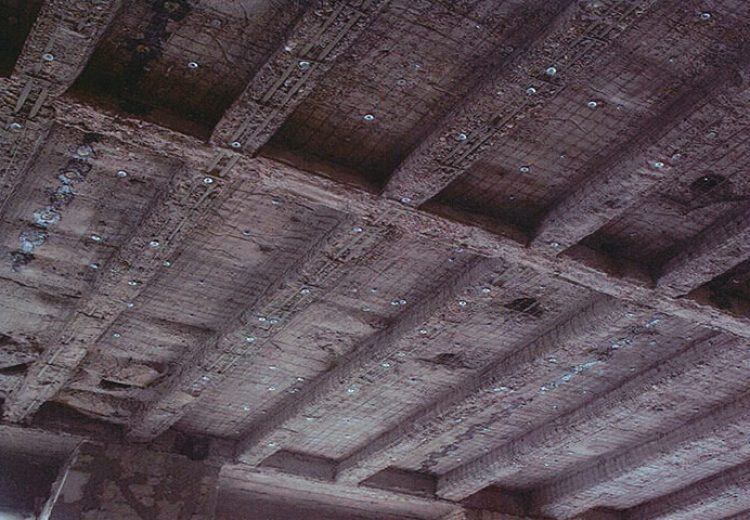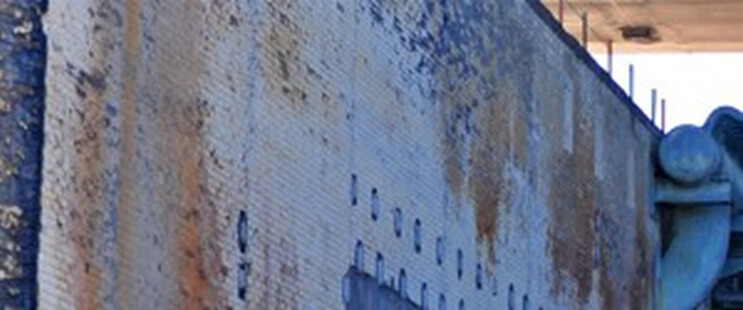Fire Damaged Concrete
Service
Services
Contact For Services
Total Specialist Maintenance Ltd (TSM) is a leading specialist contractor Driven to exceed expectation!

Fire Damaged Concrete
Total specialist maintenance are a specialist concrete repair contractor solving defective and fire damaged concrete problems on a national basis in vast number of market sectors.
Concrete is probably one of the most durable building materials in use today. Imagine what the world would be like without this dependable substance. Our urban landscape would be very different, as it is used on a wide variety of buildings and structures.
There are really very few elements that cause any real damage to concrete, but one that can cause significant damage is fire.
Examining fire-damaged concrete
Unfortunately, as durable as concrete is, when it is exposed to fire it can be rendered structurally unstable. In these cases a careful examination of the surface should be conducted in order to ensure the structural integrity of the material.
And unlike many materials, a repair of fire-damaged concrete should only be done by professionals like ourselves here at Total Specialist Maintenance.

Our experienced team will do an extensive examination of the concrete to determine the amount of fire damaged caused and will advise you on the best solution to resolve your problem.
How to know if your concrete is fire damaged
A great indicator that shows the extent of the fire damage is a visual one. Once concrete has been exposed to fire it changes colour.
If we find that the concrete has gone from white or grey to pink, orange or red then it usually indicates that it has significant damage and is more than likely to be structurally unsound.
This change in colour is an indicator that the fire was at a hot enough temperature to change the physical properties of the concrete, therefore making it unsafe. In most cases, samples that can be taken from the surface and sent to a laboratory for examination can determine whether it can be repaired or should be replaced.
What to do next
If your property has suffered fire damage, do not hesitate to contact us here at Total Specialist Maintenance as our speciality is concrete repair.
Sectors
- Aviation Industry, Bridges and Tunnels, Buildings, Construction Industry, Education, Food And Drink Industry, Health Care, Heritage And Listed, Highways, Hotel and Leisure, Local Authorities, Marine Structural Refurbishment, Ministry of Defence, Multi-storey Car Park, Nuclear, Petrochemical Industry, Pharmaceutical Industry, Rail, Social Housing, Water Industry
Benefits
Directly Employed Workforce
Highly Skilled and Experienced Operatives
Certified Training
Accreditations




Licensed applicator of all major concrete repair manufacturers
Frequently
Ask Questions
Technical Questions About
Fire Damaged Concrete
Frequently asked questions about Total Specialist Maintenance concrete repairs, for problems and technical queries regarding system suitability
For any additional information that is not listed please contact our technical team
The principal effects of fire on concrete are loss of compressive strength, and spalling – the forcible ejection of material from the surface of a member.
The rise in temperature causes a decrease in the strength and modulus of elasticity for both concrete and steel reinforcement. However, the rate at which the strength and modulus decrease depends on the rate of increase in the temperature of the fire and the insulating properties of concrete.
In contrast to this slow spalling process, explosive spalling occurs when concrete is exposed to high temperatures, and water in the concrete vaporizes quicker than it can escape. This situation results in a rising vapor pressure that ultimately causes the concrete to explode.
The threshold of significant degradation of concrete is around 65-93°C (150-200°F). For this reason, current codes and industry standards dealing with reinforced concrete structures specify a maximum temperature limit of about 65-93°C (15O-2OO°F) to ensure predictable concrete behaviour.
Fire Damaged Concrete Can’t be Repaired and Must be Removed and Replaced – As stated above, a thorough Condition Assessment is necessary to understand the physical and chemical characteristics of reinforced concrete structures subjected to fire.
The structure can be repaired using several materials, such as carbon fibre-reinforced polymer, glass fibre-reinforced polymer, normal strength concrete, fibre-reinforced concrete, ferrocement, epoxy resin mortar, and high-performance concrete.
Assessment of fire-damaged concrete structures usually starts with visual observation of colour change, cracking and spalling. On heating, a change in colour from ordinary to pink/red is often observed and this is useful since it coincides with the onset of significant loss of concrete strength.
